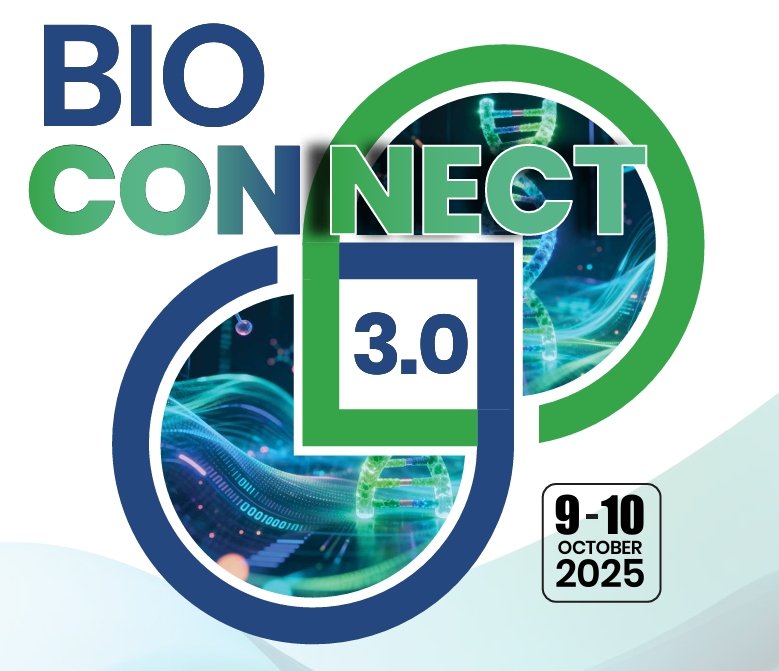Marketing strategies for pharma companies
November 12, 2009 | Thursday | News
Marketing strategies for pharma companies
As pharma industry steps
into the ‘global local era’ of marketing,
it will witness its own share of changes that would indicate the
paradigm shift for pharma marketers

Traditional pharma marketing has focused on
‘prescribing doctors’ with huge sales forces that
were often directed to follow the carpet bombing method. Promotional
budgets were high as those times were unknown of the phenomenon called
recession. Mass communication was the norm and money was poured in to
reach out to a huge number of largely scattered mass. Marketing plans
are centered on product features and benefits in addition to sales
force strength.
Days of traditional pharma marketing are nearly over. In order to make
present era successful and profitable, marketing strategies have to be
realigned. Marketing and commercialization strategies are developed on
the strong foundation of targeting and segmentation of customers and
markets, to accommodate the evolving marketing dynamics and customer
feedback.
From initial concept development to post launch assessment,
customer inputs on design and positioning of a
product are essential. Attempting to bring a product to market without
sufficient customer feedback will ultimately limit product acceptance
in the market place.
Customer feedback should be holistic and include the
parameters like validating the market assumptions, assessment of the
competitive environment, input on product specifications, determining
the product value proposition, developing and testing the product
positioning and obtaining product feedback on product’s
effectiveness and compliance. It is important to develop a
decision making process which can be followed through to the customer
feedback for further development of product to analyze manufacturing
costs, redesigning the communication strategy, value-added services,
product availability through efficient logistic network and sometimes
even the timeline for product launch.
The companies themselves need to bring in brand developers
and health marketing experts to their organizations, and allow them to
make a change. At the same time, support measures are required to start
focusing much more on means to elevate the marketing and
commercialization capabilities and implementation of those activities.
In contrast to traditional norm of mass communication, today,
the product is promoted through personalized communication strategy and
media like web-based initiatives, interactive teleconferencing and text
messaging. The broad idea remains to tap as many technologically
enhanced communication ways as possible. Further, companies are
training their field forces for a two–way
communication with the customers. We can say that consultative
marketing is gaining importance.
With advances in science and technology, we have to keep in
mind the pace needed to keep up in the industry which is entering a
critical period in its development. A failed product launch can be
disastrous from a financial perspective and to the reputation of the
product’s brand in the marketplace.
Meticulously prepared comprehensive marketing strategy is
essential for the successful commercialization of a brand. Highly
pro-active marketing leadership would be instrumental in taking timely
initiatives in response to the customer feedback and evolving
market dynamics resulting in greater potential for overall market
success.










